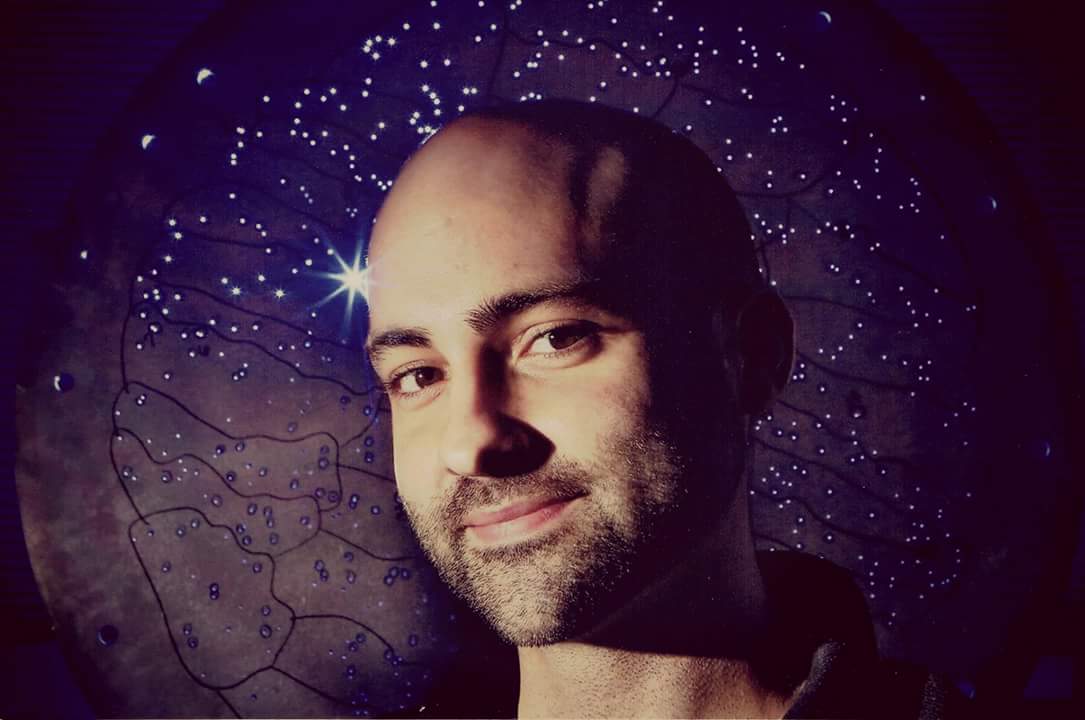'We Don't Planet' Episode 13: Spiral Galaxies
Our Milky Way is one of many spiral galaxies in the universe. These collections of stars are characterized by their namesake arms that appear to wind around the core of the galaxy. While the arms appear to contain most of the stars in a galaxy, they are only roughly 10 percent denser than average. Instead, their striking appearance is due to rotating density waves. As these waves pass through a region, they can destabilize clouds of gas and trigger star formation.
When a cloud of gas fragments and folds in on itself, many sizes of stars are produced, from small red dwarfs one-tenth the size of the sun to blue supergiants weighing in at a dozen solar masses. But those massive stars don’t last long. By the time the density wave passes, they would have already expired, leaving the gaps between the arms filled with smaller, redder, dimmer stars.
Thus the arms glow brightly, since they have a biased population of bright, blue stars.
Catch Every Episode of "We Don't Planet" Here!
Besides the arms, the galactic core also shines brightly due to the sheer density of stars collected there. The core can be a tight ball or an extended bar, as it is in the case of the Milky Way.
A population of small, red stars sits outside the core and the disk of the galaxy, thought to be leftovers from the early days of galaxy formation. And of course there are the globular clusters orbiting the center and occasionally intersecting the disk.
"We Don't Planet" is hosted by Ohio State University astrophysicist and COSI chief scientist Paul Sutterwith undergraduate student Anna Voelker. Produced by Doug Dangler, ASC Technology Services. Supported by The Ohio State University Department of Astronomyand Center for Cosmology and AstroParticle Physics. You can follow Paul on Twitterand Facebook.
Breaking space news, the latest updates on rocket launches, skywatching events and more!

Paul M. Sutter is a cosmologist at Johns Hopkins University, host of Ask a Spaceman, and author of How to Die in Space.
